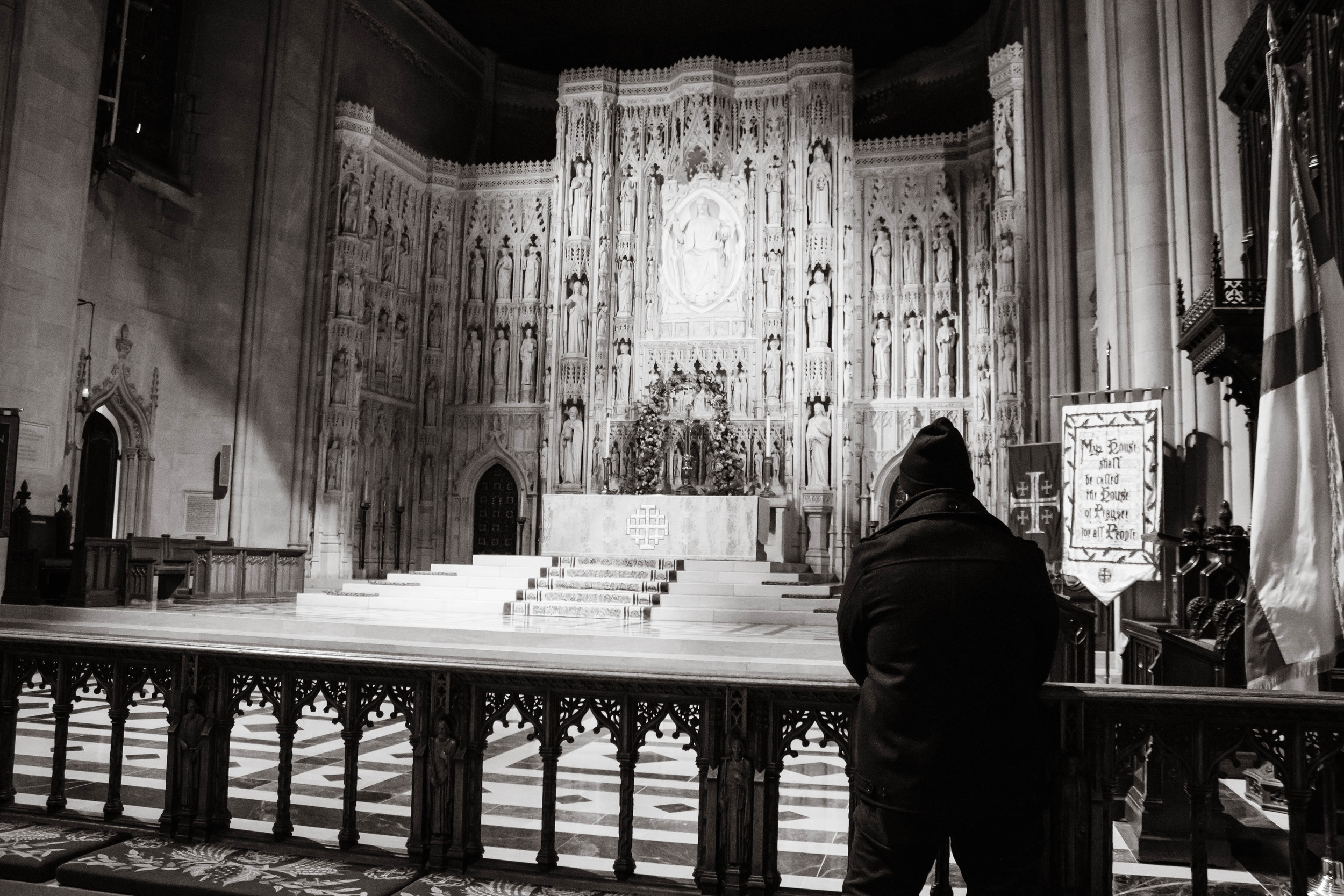The following images depict actual settings. The photographic subjects are representing themselves.
This is the opening line to Daniela Rossell’s photographic book, Ricas Y Famosas (2002). This book is a collection of disturbing photographs of Mexico’s elite. While Rossell follows a strong tradition of Mexican photography, she differs by showing the upper classes, rather than the poverty stricken. What is most interesting about her images is that the women dress and pose themselves. Rossell goes to their lavish and opulent houses, and creates voyeuristic images of the ‘rich and famous’ women of Mexico.
Rossell is not an outsider to these women. Her father was a member of the PRI (the ruling political party for over 70 years in Mexico, up until the 90’s), and many of the women she photographs were members of her family and their social circles. This gives her a unique vantage point into these women’s lives. On the one hand, she sees that they represent the pitfalls of Mexican society. However, she also has empathy for the women, because she understands that they are somewhat trapped in their roles.
The women who are in the photographs were originally pleased with the ways they were presented. They were wearing their favorite clothes and were in their favorite places of their houses - much like many of the photos women take. When the book was released and showed her many pictures side by side, it caused a lot of negative press. The cumulative effect of the photographs was detrimental, and changed the meaning of the photos. The women were called the ‘poster girls for corruption.’ Eventually, they came to dislike the photos and were embarrassed by what they had once adored. They felt they had overexposed their lives.
“The women figure out from magazines and television what they think a photographer should snap, and they start performing….They really want to look American…and they go to a lot of work to accomplish that. It’s a kind of hell. There’s so much unhappiness among the people who supposedly have everything.”
This week I got to do my very first gallery talk at the National Museum of Women in the Arts, and we had a really great discussion about Rossell’s works. The photographs present many fascinating talking points for viewers to ponder and discuss. What I find most intriguing about Rossell’s viewpoints are her thoughts on femininity. She is interested in portraying images that are in ‘feminine spaces,’ namely the home. But why are these spaces determined to be feminine? Were they created by women? For women? What ways should women seek to portray themselves and what is empowering women? Where do we find our role models? From tv and magazines? (Rossell’s series was actually named after a popular telenovela.) Rossell questions the progress of feminism and tries to show that maybe we haven’t come as far as we thought.
While Rossell’s work is not something you would want to hang in your house, I feel like her pictures present questions that every woman should ask herself. How am I portraying myself to others? What are my motives in presenting myself in this way? Who and what are my role models, and am I living up to my full potential? I think it is important for women to look from the outside in and reevaluate where we place our value. While the holiday season can be inundated with materiality, we must remember that things will not make us happy like people will.
{ps. You can watch interviews with Rossell about Ricas y Famosas from the SFMOMA here and here.}



















